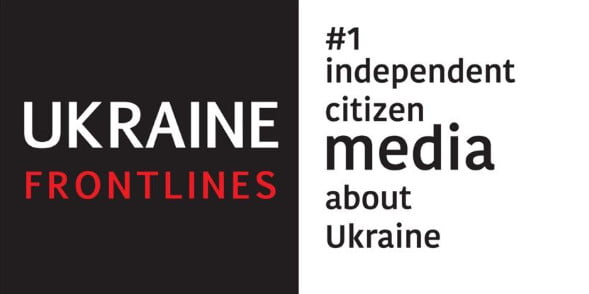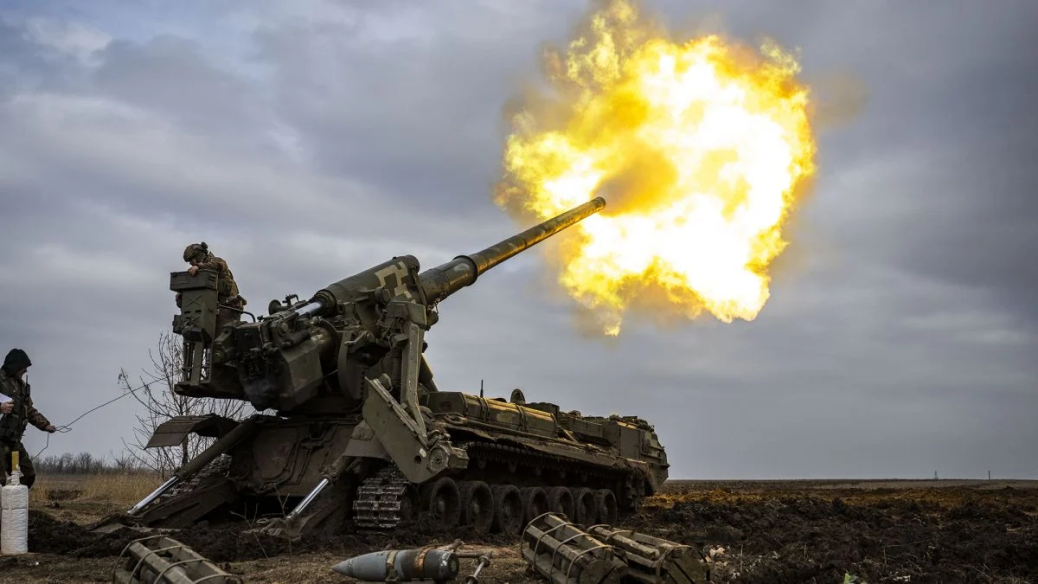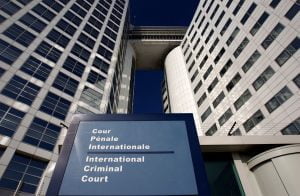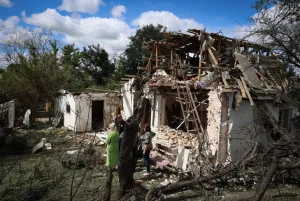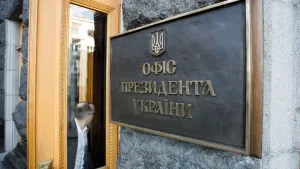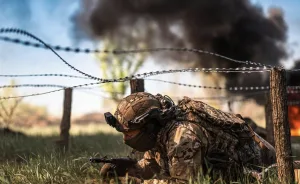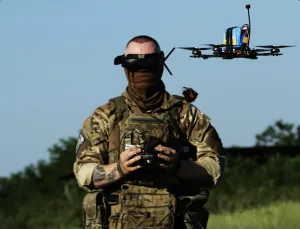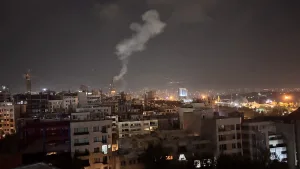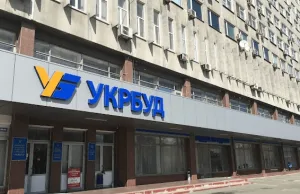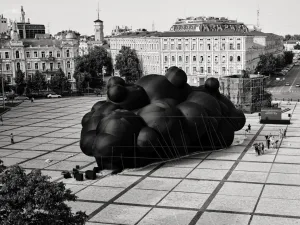Overview, today, a bit about the chances.
In the Pokrovsk direction, it’s evident that the enemy is completing the tasks of the first stage of their Pokrovsk offensive operation. And, most likely, in the near future, they will conduct some regrouping of forces and assets within the operational area of their “Center” group of forces.
– The forward units of the enemy’s 2nd Combined Arms Army have finally managed not only to fully eliminate the AFU’s bridgehead on the eastern bank of the Vovcha River but also to advance significantly westward towards Novoselivka Persha – Komyshivka. In particular, units of the 27th Motor Rifle Division and the 114th Separate Motor Rifle Brigade have reached the line of Mykolaivka – Ptyche, and are now, evidently, preparing to break through to the northern outskirts of Soledar, and more importantly, to attempt to reach the Karlivka – Selidove road from the north.
– In turn, further north, within the operational areas of the enemy’s 15th and 30th Separate Motor Rifle Brigades, reinforced by designated forces and assets from their 1st Army Corps, they have managed to reach the line of Hrodivka – Novohrodivka on the Pokrovsk direction.
The enemy is focusing its main efforts in this area on conducting almost continuous offensive/assault actions towards Zhuravka – Promin (with the aim of breaking through to the southern outskirts of Myrnohrad), as well as Mykolaivka – Novohrodivka, Mykolaivka – Marynivka (with a dual objective of reaching the northern outskirts of Selidove and further advancing towards Pokrovsk along the railway).
Why does the enemy need this local regrouping, and what is driving it?
Essentially, it is driven by two factors, or better yet, two opportunities for the Ukrainian command to stabilize the situation, at least in relation to the Pokrovsk direction.
Chance №1
I would call it the “unlearned lesson” or “the transfer.”
Here’s the situation: In the Pokrovsk direction, the Armed Forces of Ukraine clearly have a chance to slow down and eventually stop the enemy due to one important factor—”natural conditions.” Specifically, the evident presence of certain obstacles and barriers to the enemy’s methodical and gradual advance, which are linked to the presence of a sort of barrier line in their offensive zone. This line runs along the Zhuravka and Kazennyi Torets rivers, as well as a whole cascade of small ponds and reservoirs associated with them.
However, to truly stop the enemy on the approaches to Pokrovsk, at least on the conditional Yelizavetivka – Selidove sector, it is necessary to have PREPARED and developed defensive positions. This includes engineering and fortification aspects, such as setting up platoon-company strongpoints, battalion defense areas, blocking positions, and well-camouflaged and protected firing positions for artillery, armored vehicles, and other weaponry.
I highly doubt that all of this is in place at the moment.
Establishing fully functional first and second positions of the main defensive line, not to mention its other elements, in a situation of direct confrontation with the enemy—who also has a significant advantage in critically important types of weaponry (aviation, artillery, and, in some areas, tactical zone strike UAVs) and overall in the total number of forces and means—is unlikely.
Therefore, it’s most likely that stopping the enemy along this line won’t be possible. Especially since their forward units are already engaging in combat in the village of Krasnyi Yar (if not even further north) and in the village of Hrodivka.
Moreover, their forward units continue to “press” in the area of the Novotoretske and Svyrydonivka hamlets, meaning they are already directly at this hypothetical defense line.
Thus, we can state that the enemy has ALREADY reached this “hypothetical-stabilization” line, in several places at once, and is actively attempting to break through it. Consequently, the chance I mentioned of holding this line, in my opinion, is “approaching zero.” However, if this does happen, it will be a real (yet another) miracle by the Armed Forces of Ukraine.
Chance №2
This is related to the city of Selidove.
It’s evident that any future movement of the enemy towards Pokrovsk will require their command to carry out a whole range of measures, which in military art is usually referred to as “securing the flanks.”
At the moment, in the zone of advance of the enemy’s 2nd “Guards” Combined Arms Army and the 90th Tank Division operating to the south of it, there is, let’s say, a “somewhat problematic” situation in this regard.
The issue is that the forward units of the 27th Motor Rifle Division, the 15th, 30th, and 114th Separate Motor Rifle Brigades are actively and intensively attacking/assaulting along a fairly wide front—from Vozdvyzhenka to Karlivka—but they do not have significant or noticeable progress across the entire front. At least not simultaneously.
Naturally, the Ukrainian command, in such a situation, sees and desires to conduct counter-attacks on the flanks of the enemy’s assault tactical groups. However, due to a shortage of forces and means, they lack the ABILITY to do so, and their level of combat readiness in this regard seems quite debatable.
However, it was not in vain that I emphasized at the beginning of this overview, dear readers, the fact that the enemy has eliminated the AFU’s bridgeheads on the Vovcha River and advanced into the Novozhelanne – Komyshivka – Ptyche – Zavitne area.
From a formal point of view, this can be considered a successful “securing of the left (southern) flank” for those forces and assets of the enemy’s 2nd Combined Arms Army that are advancing towards Pokrovsk (in the direction of Zhelanne – Novohrodivka). Moreover, the enemy is actively attacking towards Marynivka, evidently trying to further strengthen the “flank security” of this part of their forces, which is operating, so to speak, “in the direction of the main strike.”
The “problem” lies in the fact that their further (deeper) advance towards Pokrovsk will clearly involve a certain degree of risk. This is primarily because the AFU continues to hold the Selidove area (and, accordingly, have the ability to organize and carry out more or less “tactically significant” counter-attacks on the flank).
Moreover, such actions become even more likely because the AFU continues to hold not only the city of Selidove but also the area of Kalynove – Karlivka – Halytsynivka – Memryk, located even further east of the city.
In other words, any enemy movement towards Novohrodivka represents a significant risk for them of receiving a substantial “hit” on their left flank.
The Russian command understands this as well (their persistent attacks towards Marynivka and the Karlivka – Selidove road from the northern “bearings” clearly indicate this). Therefore, there is a high probability that the enemy’s units operating in this direction will receive reinforcements in the near future.
Overall, from an operational-tactical perspective, any further “broad-format” actions by the enemy towards Pokrovsk will clearly require them to conduct a whole series of “supporting” actions in the near future.
And this pertains not only to the flanks of the enemy’s 2nd Combined Arms Army operating in this direction. Therefore, in my view, the enemy command will be forced, in the near future, to conduct a local regrouping of its forces and resources, possibly even reinforcing them with additional troops.
Moreover, it is clear that the Russian command will also have to carry out a considerable “volume of work” on the adjacent flank of the “South” Operational Command (in the sector of the 1st Army Corps), as well as in the operational areas of the 55th and 132nd Separate Motor Rifle Brigades of its 41st Combined Arms Army. This primarily involves coordinating the actions of the forces and resources operating there with the “overall concept” of the offensive towards Pokrovsk.
Summary
In the “upcoming battle for Pokrovsk” (if it indeed happens, though I increasingly doubt it), the fates of Pokrovsk and Selidove will be directly, I would even say, very closely interconnected.
Coordinator of the IR Group, Kostyantyn Mashovets
Tags: Pokrovsk pokrovsk direction Russia russia ukraine war Ukraine